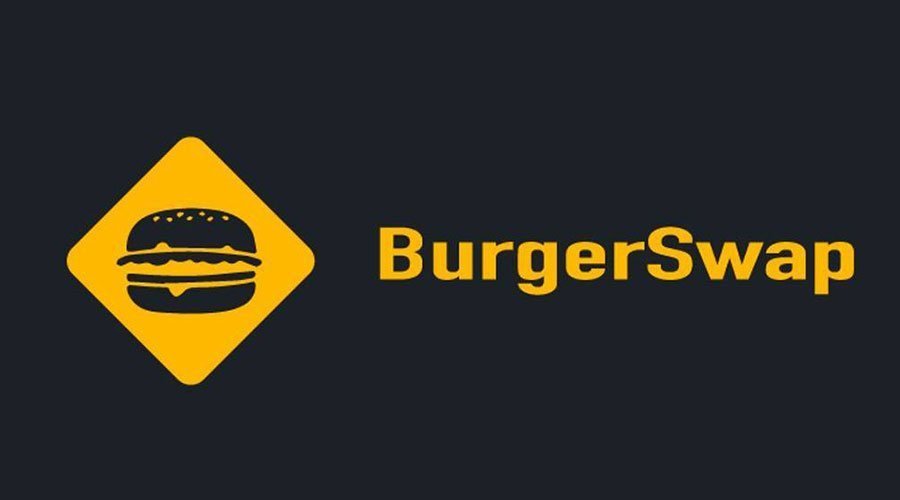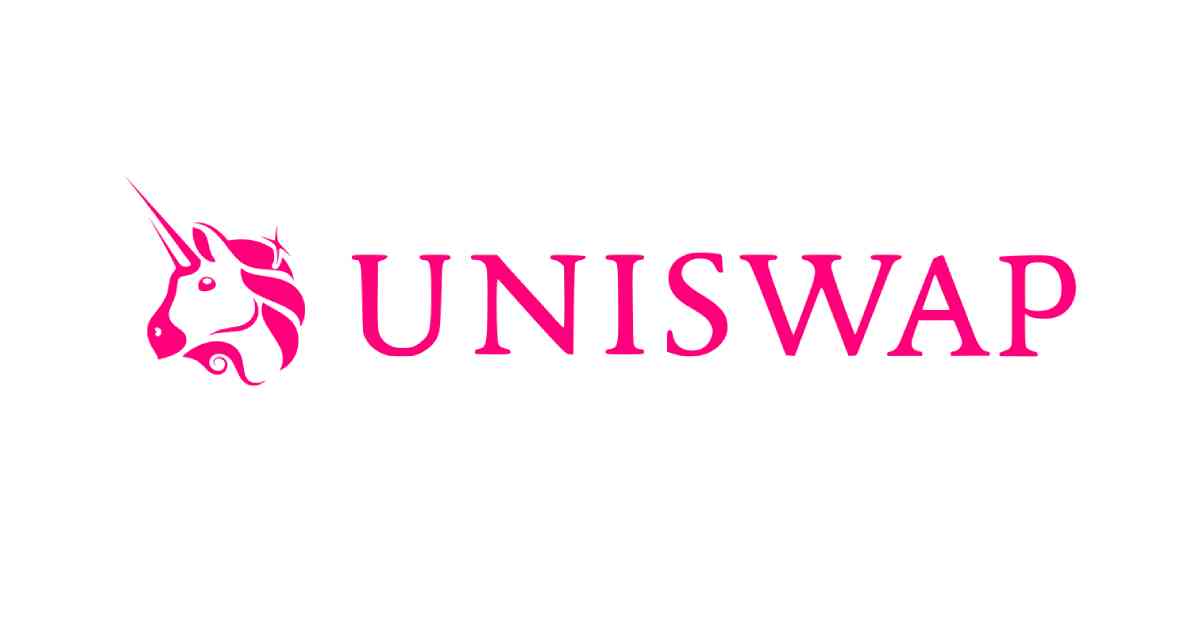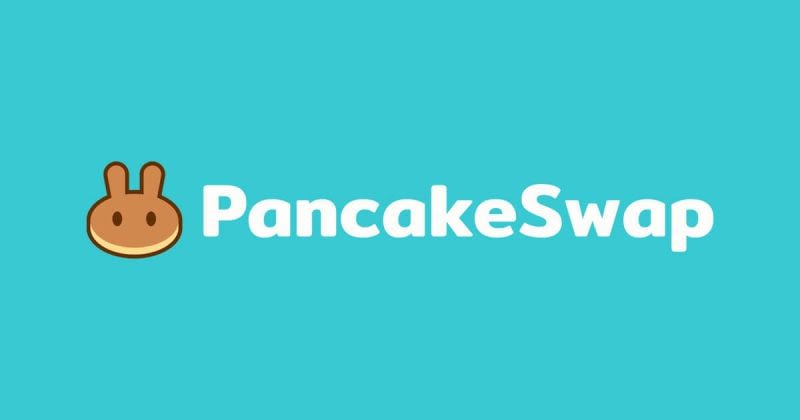How to List on BurgerSwap?

TL;DR
BurgerSwap is a DeFi protocol running on the Binance Smart Chain (BSC). It allows you to swap between tokens issued on BSC, and earn rewards for providing liquidity to these decentralized markets.
Unlike other similar DeFi projects like Uniswap and SushiSwap, you won’t find the usual Liquidity Provider (LP) tokens on BurgerSwap. Instead, everyone who provides liquidity to eligible pairs receives BURGER tokens that represent their share of the pool.
What is BurgerSwap?
BurgerSwap is a DeFi protocol built on the Binance Smart Chain (BSC). BurgerSwap works as a decentralized exchange (DEX) that adopts the automated market maker (AMM) model. Similar to PancakeSwap, BakerySwap, and other protocols, it allows users to earn tokens by providing liquidity.
Connecting MetaMask to BurgerSwap
Before connecting your MetaMask wallet to BurgerSwap, you need to connect your wallet to the Binance Smart Chain. If you don’t know how to do that, check out Connecting MetaMask to Binance Smart Chain.
Next, go to the BurgerSwap homepage (https://burgerswap.org). Click the “Connect Wallet” button. Make sure you switched from the Mainnet Ethereum network to Binance Smart Chain.
After connecting your wallet, you will be able to see and navigate across the BurgerSwap products (Swap, Pool, Governance, Bridge, etc.).
How to use BurgerSwap
On BurgerSwap, you can swap many BEP-20 tokens (i.e., crypto assets that are running on the BSC). You can find a list of available pairs here.
For instance, if you want to trade BNB for BURGER, you can go to Swap, insert the amount of BNB to be swapped, and click the Swap button.
Make sure to check the Price Impact, Transaction fee, and the other details before swapping your tokens.
How to add liquidity to BurgerSwap Pool
Any user can provide liquidity (add tokens) to the BurgerSwap platform. These tokens can be used to create a new liquidity pool or be added to an existing one.
To provide liquidity, navigate to the Pool tab, click “Add Liquidity,” and choose the token pair. Note that you will need to click the Approve button before adding liquidity to the pool and make a blockchain transaction. This transaction allows your tokens to be used by the BurgerSwap contracts. After that transaction has gone through, you can proceed with adding liquidity.
When you add liquidity to a pool, you receive BURGER tokens proportionally to your pool share. Please refer to BurgerSwap guides for detailed information.
BurgerSwap Governance
The BurgerSwap Governance tab is where you can stake your BURGER tokens. You need to stake BURGER to create new governance proposals or to vote on existing ones.
BurgerSwap Cross-Chain Bridge
Since BurgerSwap runs on BSC, you can only trade or provide liquidity using BEP-20 tokens. However, BurgerSwap offers a Cross-Chain Bridge service that allows you to convert any ERC-20 token into a wrapped BEP-20 version (bTokens). This is similar to how some of the tokenized Bitcoin on Ethereum are created, but in this case, the conversions happen between ERC-20 and BEP-20 tokens.
You’ve probably noticed that the Burgerswap exchange has many assets that aren’t native BSC tokens, such as BTC, ETH, BCH, or XRP. These can only be traded on the BSC network because they were converted into BEP-20 tokens – either via Bridge (bTokens) or via Binance withdrawals.
Keep in mind that you might need to alternate your MetaMask network between Ethereum and BSC blockchain during the process. Also, bTokens can only be traded if there is enough liquidity provided to their respective BNB and BURGER pairs (bToken/BNB and bToken/BURGER). This is why it’s important to keep an eye on Price Impact before approving a trade. Trading pairs with low liquidity will likely incur a high amount of slippage on your trades.
Farming BURGER
BurgerSwap offers BURGER, USDT, and BNB rewards. Users can farm tokens in two different ways: by providing liquidity and by participating in governance.
Anyone that provides liquidity to BurgerSwap will receive BURGER tokens proportionally to their share of the pool. As long as they keep providing liquidity, they are eligible to receive rewards.
As of November 2020, BurgerSwap charges 0.3% trading fees on all pairs, and a portion of those is allocated to liquidity providers. They also receive a share of the BURGER generated in each new block.
Alternatively, users can receive rewards by participating in the governance of the project through the voting system.
In addition, BurgerSwap has a burning mechanism that destroys a percentage of BURGER acquired from the trading fees.
In summary, the reward allocation rates are:
40% of the rewards are allocated to liquidity providers on the platform.
30% of the rewards are allocated to participants in governance/voting.
30% of the rewards are burned forever.
The rates are subject to change as new users make and vote for new proposals.
Is BurgerSwap safe?
Blockchain security company Beosin has audited the first version of the smart contract in September 2020. As of November 2020, there have been no reported issues with BurgerSwap.
However, depositing money into a smart contract is always risky, as there may be bugs that didn’t get noticed during the code audit. You should never deposit funds that you can’t afford to lose.
Closing thoughts
BurgerSwap was one of the first DeFi projects to be launched on the Binance Smart Chain. Despite its similarities to other platforms, BurgerSwap offers unique features, such as the cross-chain bridge and the governance system.

